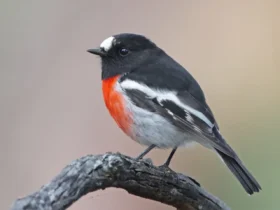In the serene and tranquil landscapes of Australasia, a vivid flash of blue and green illuminates the waterways and coastlines—the Sacred Kingfisher (Todiramphus sanctus). Revered for its striking appearance and remarkable hunting prowess, this avian beauty holds a special place in the hearts of birdwatchers and nature enthusiasts across the region. With its elegant form and distinctive call, the Sacred Kingfisher embodies the charm and grace of the avian world. In this article, we delve into the captivating world of the Sacred Kingfisher, exploring its appearance, behavior, and significance in the ecosystems it calls home.
Sacred Kingfisher images

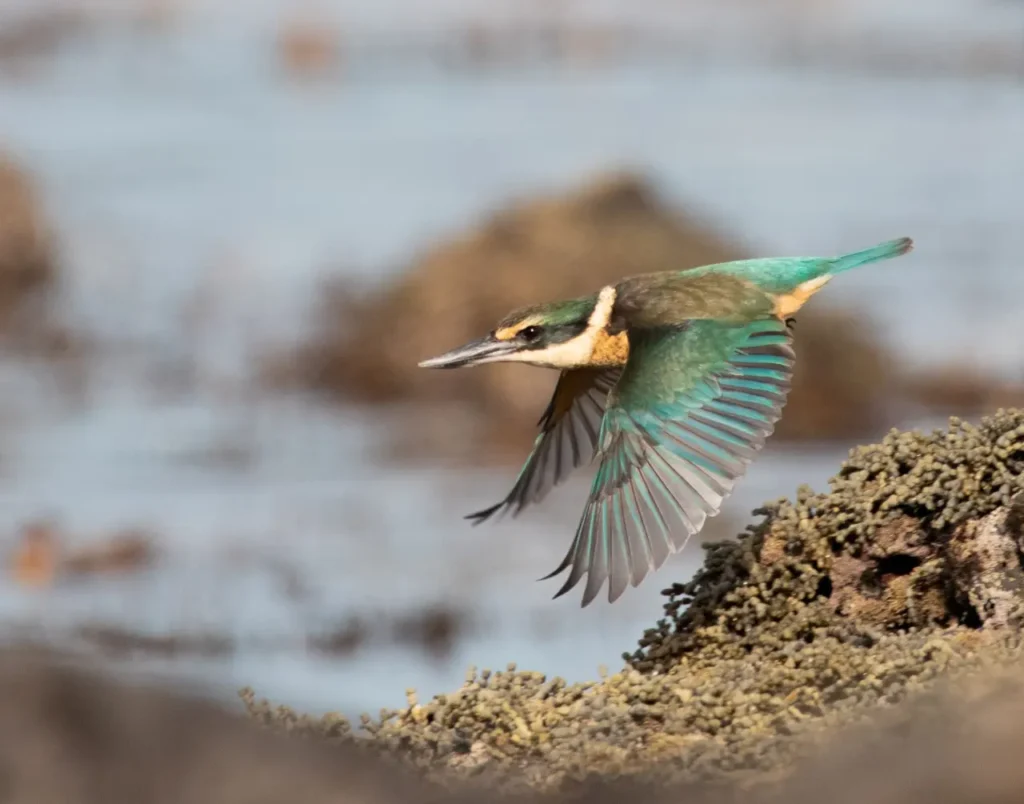
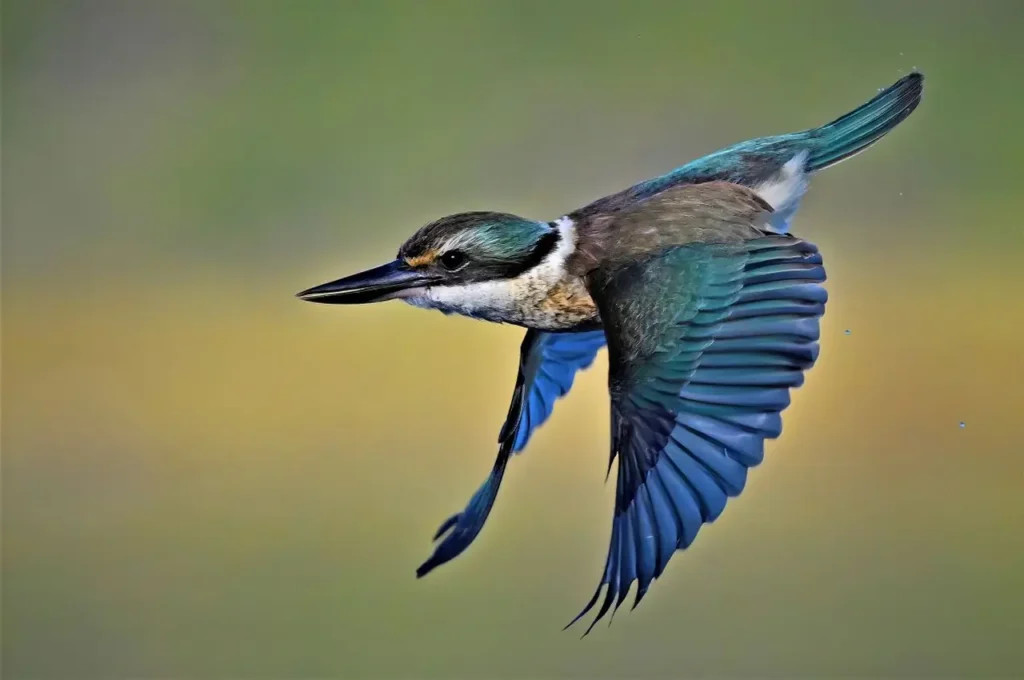
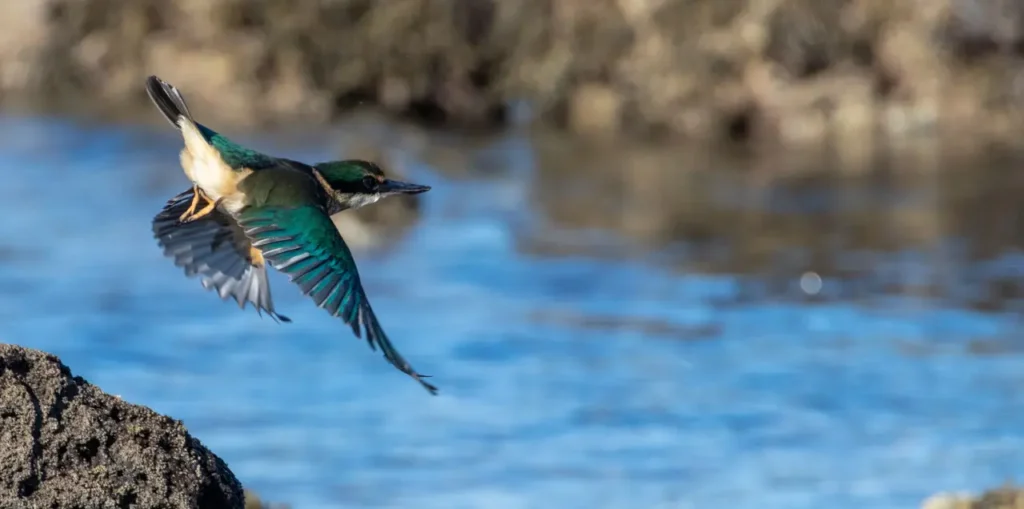
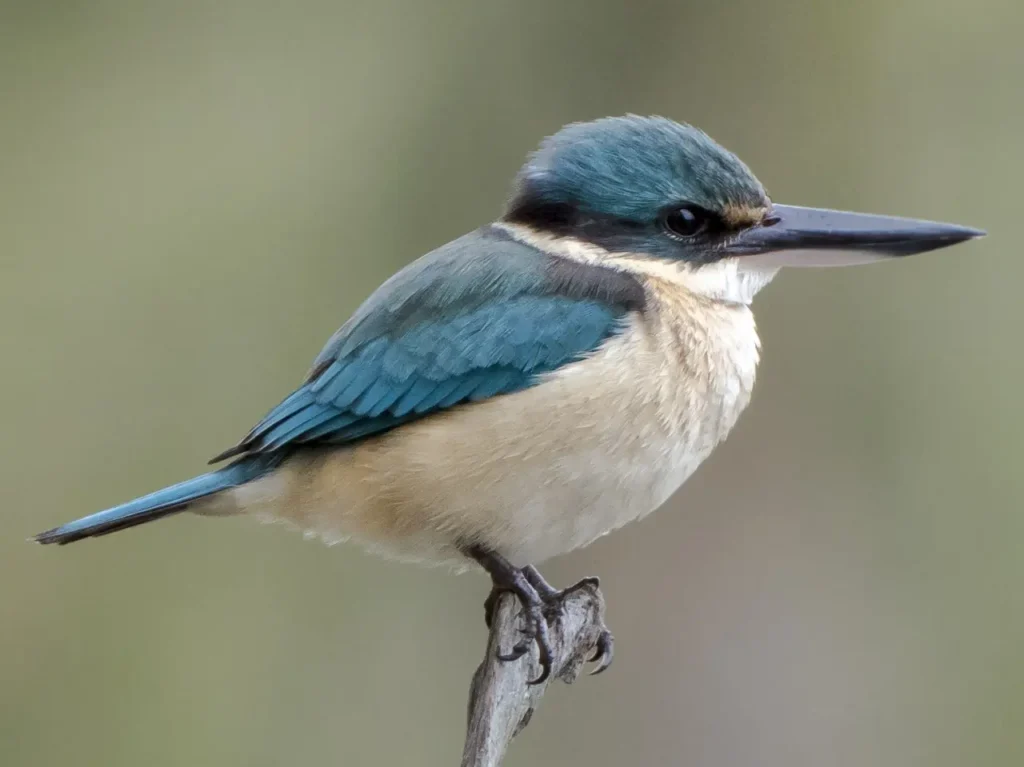
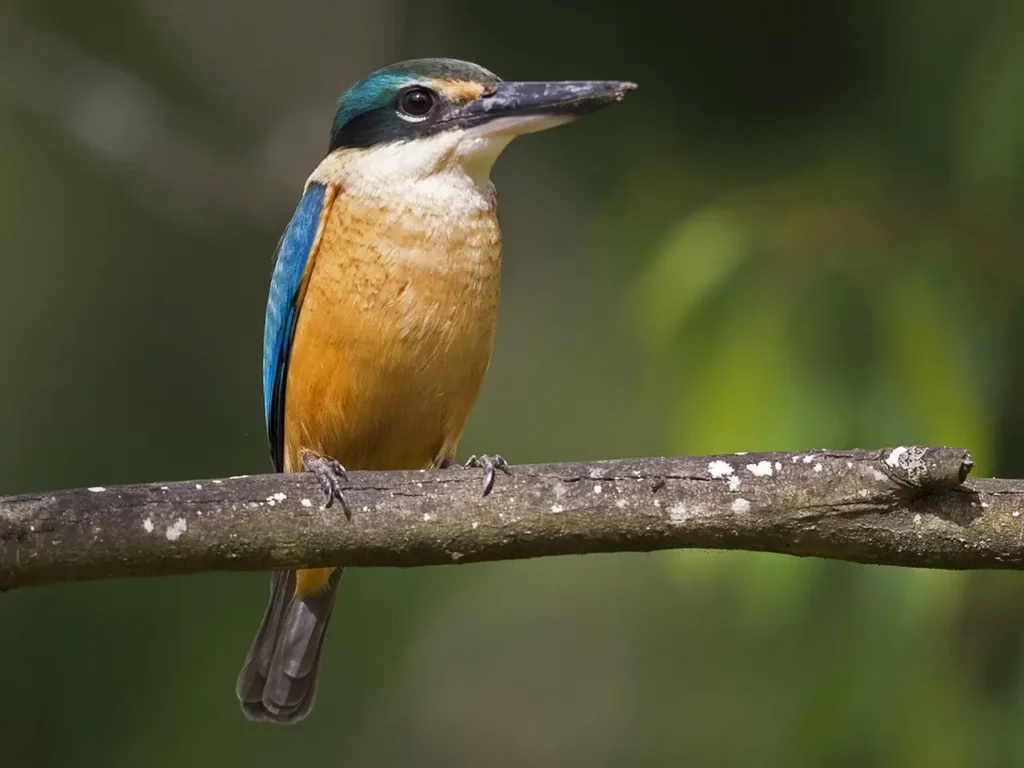
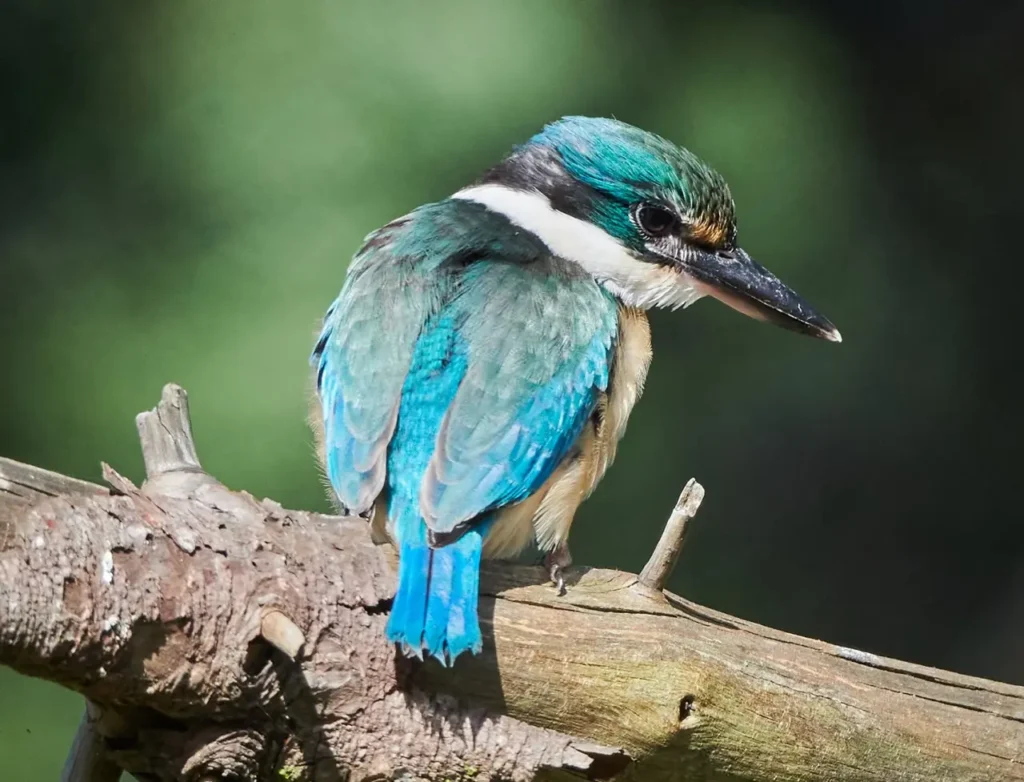

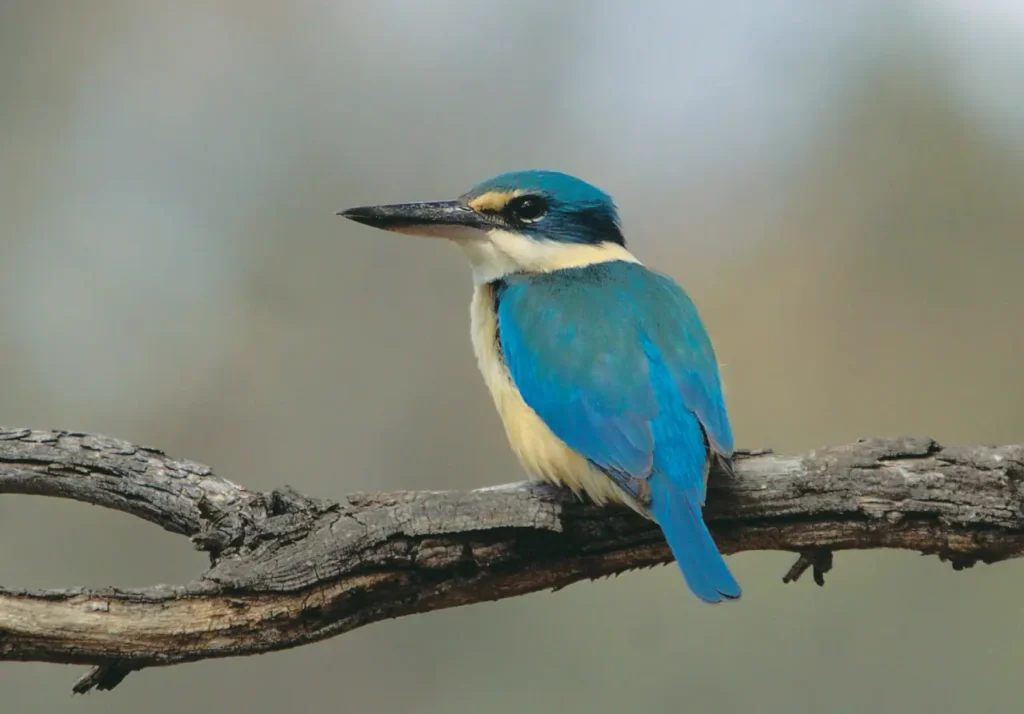
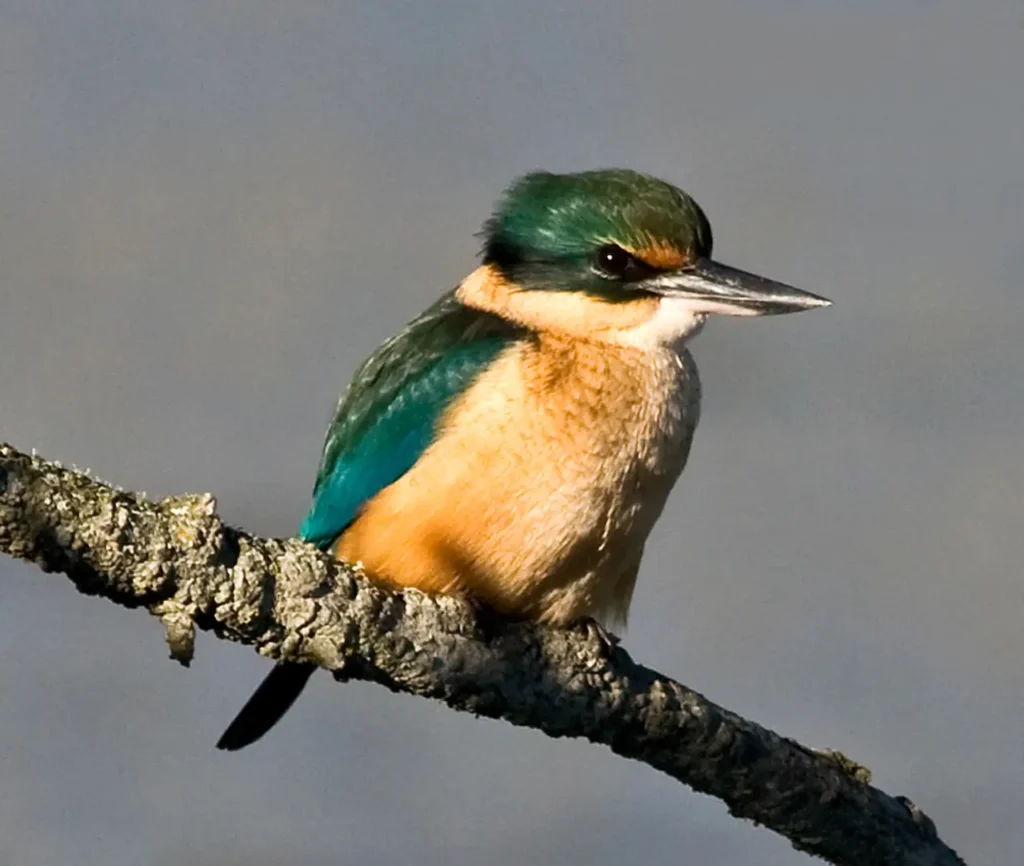
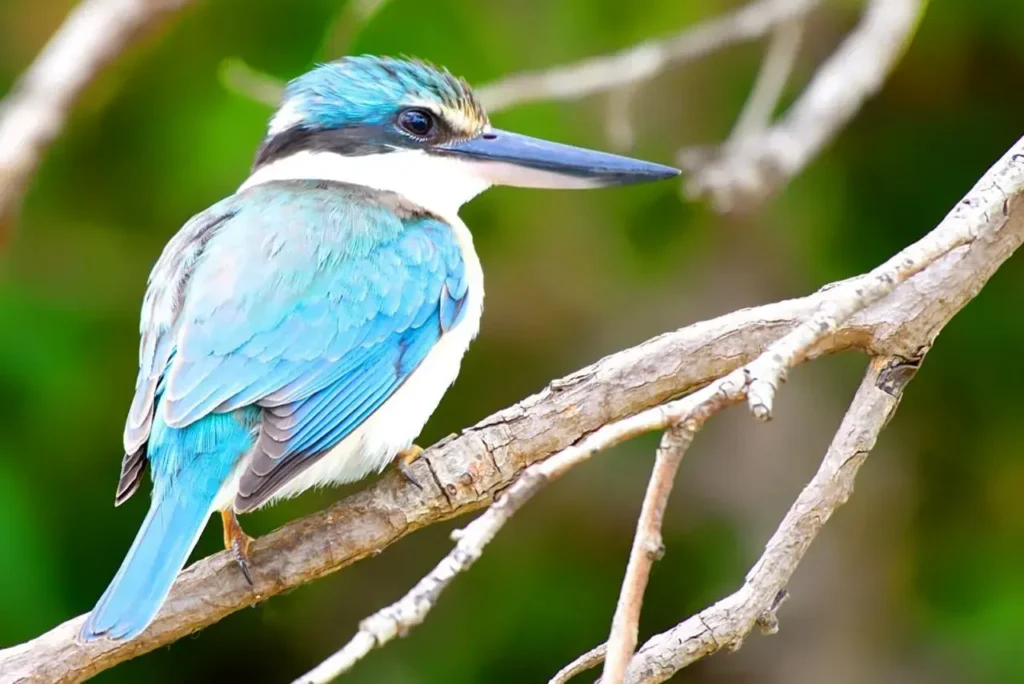
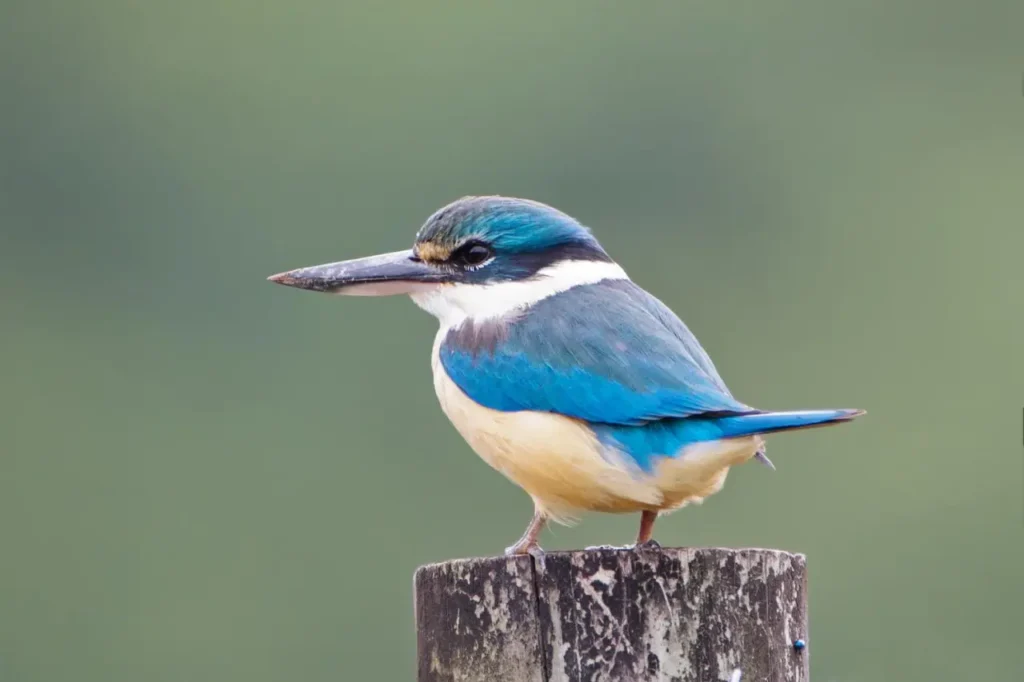


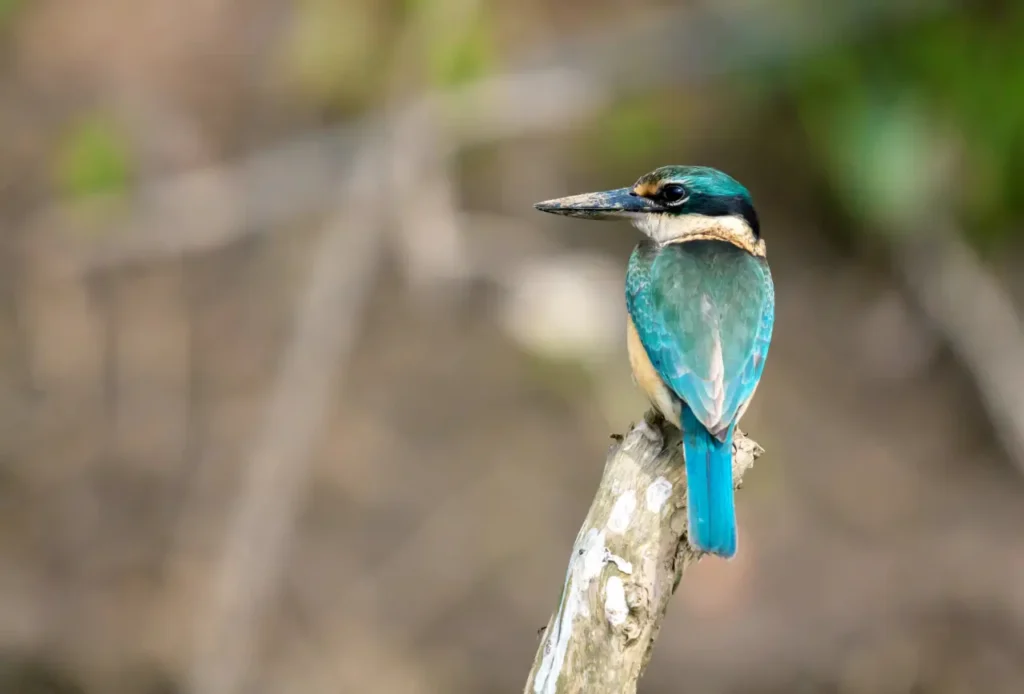
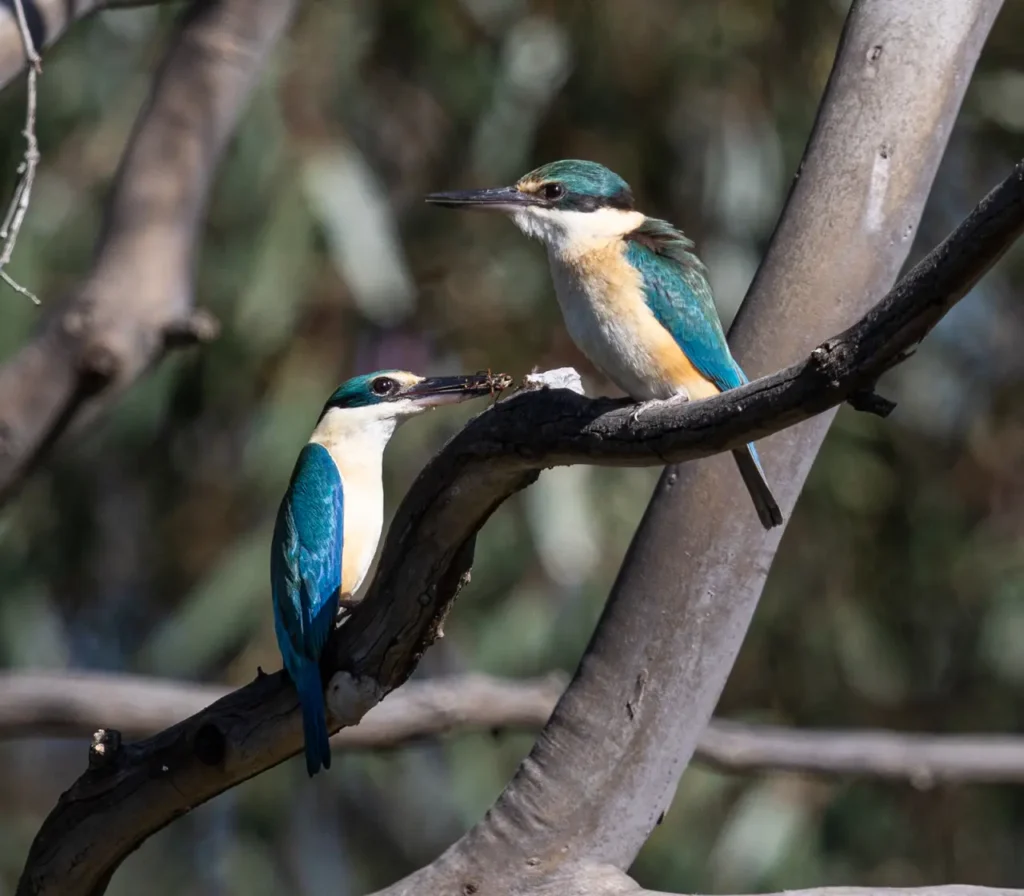
Appearance and Plumage
The Sacred Kingfisher is a small to medium-sized bird, measuring around 20 to 23 centimeters (8 to 9 inches) in length. Its plumage showcases a stunning combination of vivid colors. The upperparts are a brilliant emerald green, contrasting with a rich azure-blue crown and a turquoise blue band across the back. The underparts of the bird are predominantly white, with a tinge of buff on the breast. The Sacred Kingfisher’s eyes are large and dark, accentuating its striking facial features.
Behavior and Habitat
As the name suggests, the Sacred Kingfisher is an exceptional fisherman, skilled in hunting and catching fish from waterways and estuaries. However, its diet is not limited to fish alone; the bird also preys on a diverse range of aquatic and terrestrial creatures, including insects, crustaceans, and small reptiles.
The Sacred Kingfisher prefers to reside in a variety of habitats, including coastal areas, wetlands, rivers, and mangroves. It is also found in open woodlands and forest edges, making it adaptable to a range of environments throughout Australasia.
Distinctive Call and Breeding
The Sacred Kingfisher is known for its unique and unmistakable call, which is a series of sharp, high-pitched “kee-kee-kee” notes. The bird’s call is often heard in both the breeding season and throughout the year, as it communicates with its mate or defends its territory.
During the breeding season, which typically occurs from spring to early summer, the Sacred Kingfisher constructs its nest in a natural hollow or cavity, usually in a tree trunk or termite mound. The female lays a clutch of eggs, and both parents take turns incubating them. Once the chicks hatch, they are fed a diet of regurgitated food by both parents until they are ready to fledge.
Conservation and Significance
The Sacred Kingfisher is not currently classified as globally threatened, and its populations remain stable throughout its range. Its adaptability to various habitats and its broad distribution contribute to its relatively secure conservation status.
However, like many other bird species, the Sacred Kingfisher is susceptible to the impacts of habitat loss and degradation. Human activities, such as urban development, deforestation, and pollution, can disrupt the bird’s nesting sites and foraging areas. Conservation efforts are essential to protect the habitats of the Sacred Kingfisher and other avian species that rely on these fragile ecosystems for their survival.
The Sacred Kingfisher stands as a symbol of grace, beauty, and resilience in the natural world. Its striking appearance and remarkable hunting skills make it a delight to observe and appreciate for birdwatchers and nature enthusiasts alike. As we marvel at the charm and elegance of the Sacred Kingfisher, let us also recognize the importance of preserving the pristine waterways, wetlands, and coastal habitats that these avian guardians call home. By valuing and protecting these precious ecosystems, we ensure that the Sacred Kingfisher continues to grace our landscapes with its vibrant presence for generations to come.
